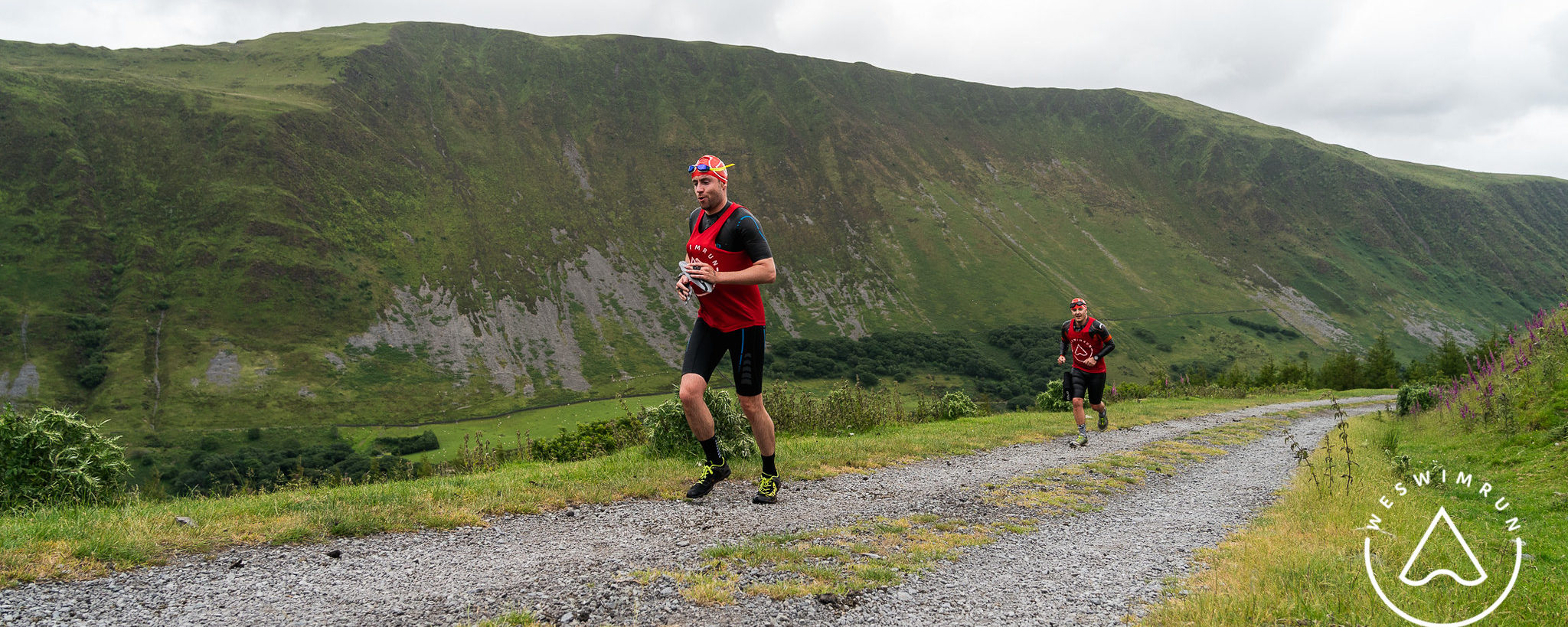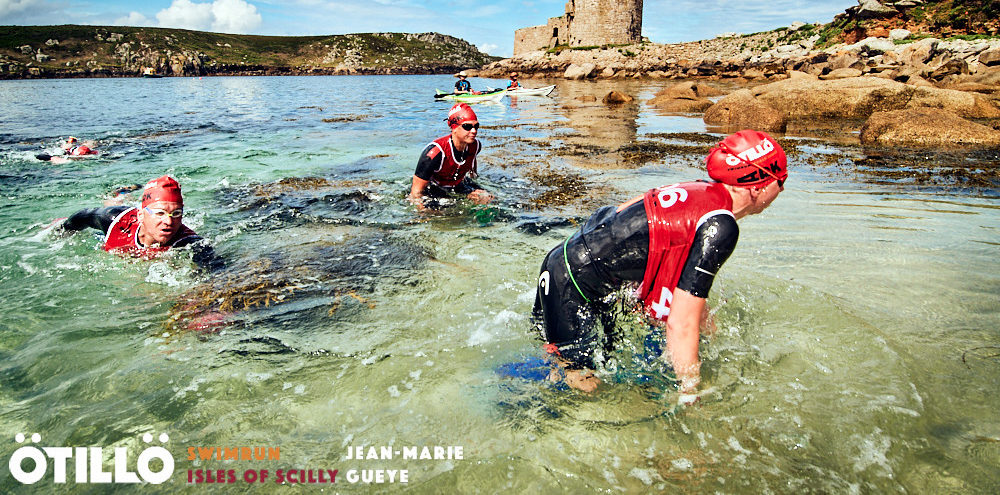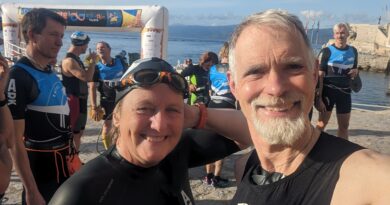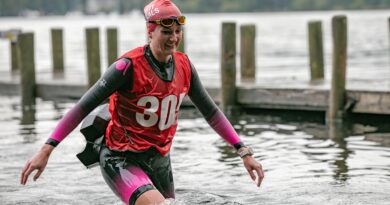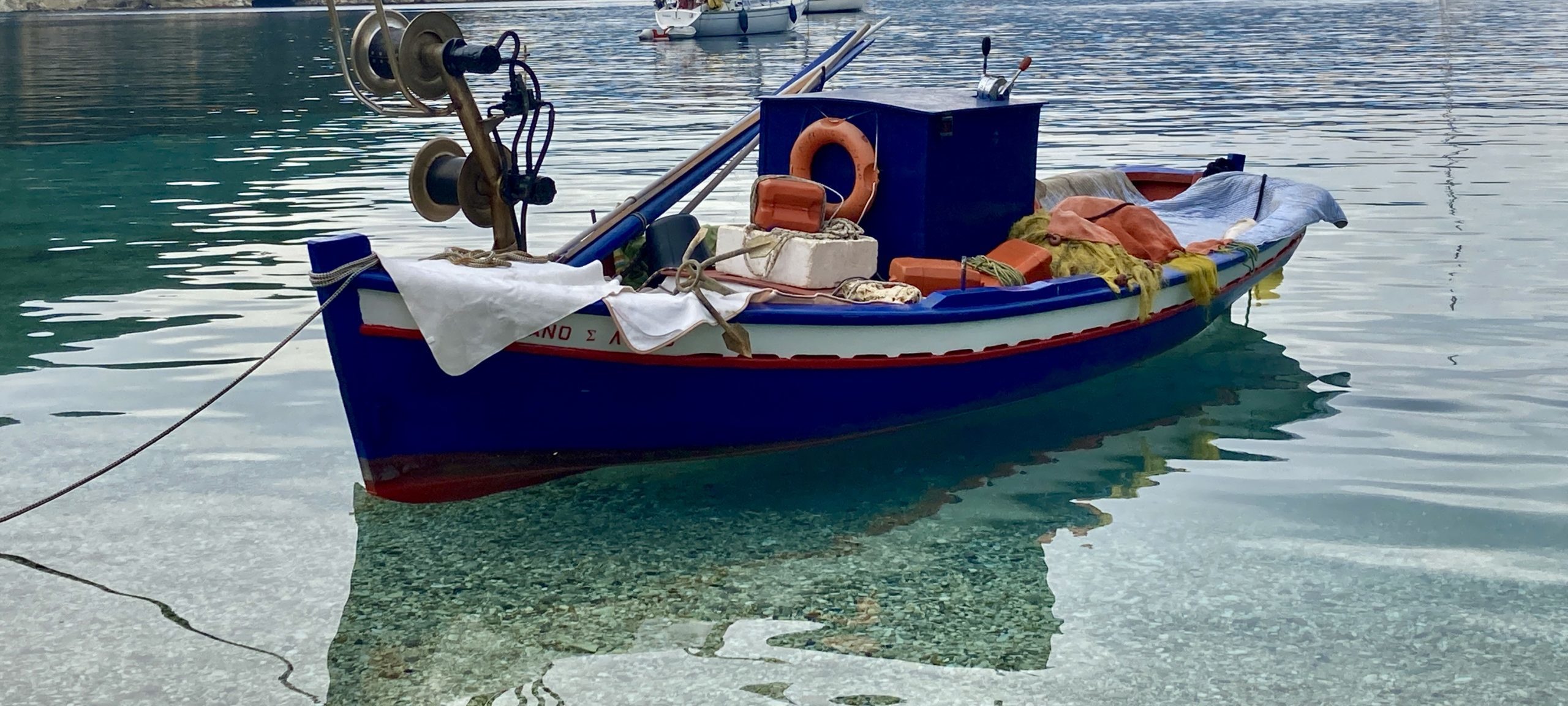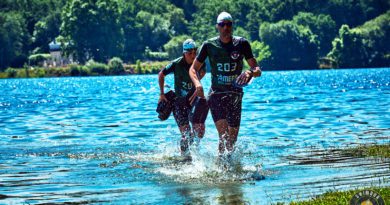Is The Frog Graham Round The Most Challenging Swimrun In The World?
For an experienced Swimrunner, the thrill of the sport comes from finding the toughest courses around the world. One immediately thinks of the legendary ÖTILLÖ Swimrun World Championship, a 75km monster. But in the UK lurks a different beast, 64km long and with 15,000 feet of climbing.
The Frog Graham Round (FGR) takes place in the Lake District and was created by Peter Hayes, who completed the inaugural FGR in May 2005. Since then, many people have attempted the epic course—and only 70 have completed it. More people have blasted into outer Space!
Traversing across some of the highest peaks in the Lakes and incorporating swims across Buttermere and Derwentwater, the Frog Graham Round is certainly not for the faint-hearted. But what makes this course one of the most challenging Swimruns in the UK?
What is The Frog Graham Round?
Peter Hayes created the Frog Graham Round as an alternative to the Bob Graham Round, a fell running challenge in the Lake District. Unlike the Bob, though, the Frog Graham Round includes both trail running and lake swimming—making it a real Swimrun adventure.
The FGR includes over 40 miles of running, including 15,750ft of climbs across 18 Lake District summits. It starts and ends at the Moot Hall in Keswick and includes swims across Bassenthwaite Lake, Crummock Water, Buttermere, and Derwentwater.
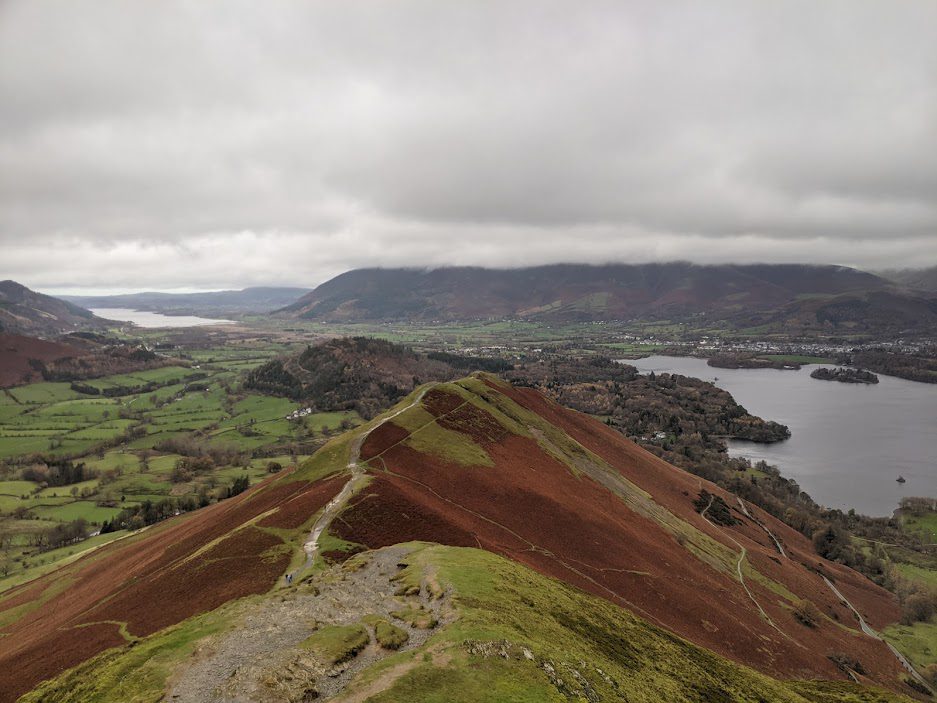
While the Bob stipulates that competitors must complete the entire route within 24 hours, there is no time limit to the Frog Graham Round, as long as you complete it all in one go.
Similarly, there is no pre-defined route, leaving contenders free to choose how they want to complete the challenge—as long as you hit all the numbered summits, islands, features, and water entry and exit points, and start and end at the Moot Hall in Keswick.
The Rules
Because there is no time limit and no specific race day for FGR competitors, it’s possible to plan your attempt at almost anytime in the year. This means you can start training as soon as you’ve decided to attempt it—and training, you shall need.
There’s also no pre-defined route, so you’re free to pick your course depending on your experience level. If you want a real challenge, the opportunity is there to put your body to the test.
Though the course is pretty self-defined, there are a couple of rules that all contenders must follow. We’ve already covered that the start point and endpoint is Keswick’s Moot Hall and that you must visit all designated points, but in addition to that:
- You must be entirely above water when transiting the Derwentwater islands (swimming around them doesn’t count).
- You must wear appropriate equipment and clothing.
- To be invited into the Roll of Honour you have to submit a valid GPS trace.
- You must be aware of biosecurity advice (more on this later)
As well as that, contenders should take care not to plan their route through private property and always use stiles or gates to cross walls.
Navigating the FGR
The lack of a pre-defined route means competitors are virtually on their own when it comes to navigating the fells and waters of this 40-mile route.
Many competitors will simply use a map and compass to navigate, but you’re also allowed to use handheld GPS devices. As long as you’re making your way around the route independently, you’re good.
But remember—route marking isn’t just frowned upon, it’s unacceptable, and you won’t be accepted into the Frog Graham Round Club if you have been found to have used markers such as cairns, paint, or tape during your attempt.
Racing in the Winter
You can also attempt the Frog Graham Round during the winter—but be aware that it will be an incredibly tough.
While the FGR themselves “categorically” don’t recommend people attempt the round in the winter, a ‘mid-Winter’ round does exist. This applies to any attempts made between the weekend before the shortest day of the year and the 10th of January the following year. Any round outside this, but between the 1st December-1st March, is counted as a Winter round.
However, anyone attempting it during the winter should be aware of the added dangers on the course. On average, water temperature in the Lakes can dip to just 3 degrees during the winter, so competitors should have extensive experience swimming in extreme conditions.
Not to mention, additional equipment is required if attempting the round during the winter, including an ice-axe and crampons/microspikes. It’s also worth making sure you have the number of local Mountain Rescue.
To put it into perspective a little bit, just four of the 70 contenders who have completed the Frog Graham Round so far have done it in the winter. Completing the round is a massive feat, whether completed in the summer or the winter. The decision to attempt it in the winter shouldn’t be taken lightly—your health and safety may be at stake.
Biosecurity and the Frog
Many features make the Frog Graham Round unique among UK Swimruns, including the difficulty level. However, the FGR is also committed to biosecurity, and there are a few more things that contenders should keep in mind if they choose to attempt the course.
Two lakes included in the FGR route are Bassenthwaite and Derwentwater, both of which are plagued by New Zealand Pigmyweed, an Invasive Non-Native Species (INNS). To protect the biodiversity of other lakes on the FGR route (which are so far clear of invasive species like the Pigmyweed), competitors must ensure that they reduce the risk of unwittingly spreading invasive species across the Lake District.
The FGR recommends that anyone wishing to take part use two wetsuits—one for the first and last swims across Bassenthwaite and Derwentwater and a clean one for the swims in Crummock Water and Buttermere. Alternatively, you can also stop to clean your wetsuit (or your body, if you’re going without a wetsuit) after the first swim across Bassenthwaite.
There are two locations where you can stop to wash your swimsuit and equipment to remove any invasive species: Beckstones Gill and the Whinlatter Centre. It’s an unusual feature for a swimrun, but also crucial.
How Much of a Challenge is the FGR?
So, how much of a challenge is the Frog Graham Round? Well, there’s a reason that the website itself makes it plain that the challenge is “categorically not for novices.”
Running independently over 40 miles of open fells and swimming large bodies of water like Derwentwater and Buttermere makes this more than a challenge—it’s a formidable route, as attested by the mere 70 competitors that have completed the round since 2005.
Despite having no time limit, the requirement to navigate virtually solo certainly adds a huge degree of difficulty to the Frog Graham Round. Many areas of the route have no obvious path at all, and unlike a standard race, contenders must recce their potential route in the weeks and months prior to their attempt.


